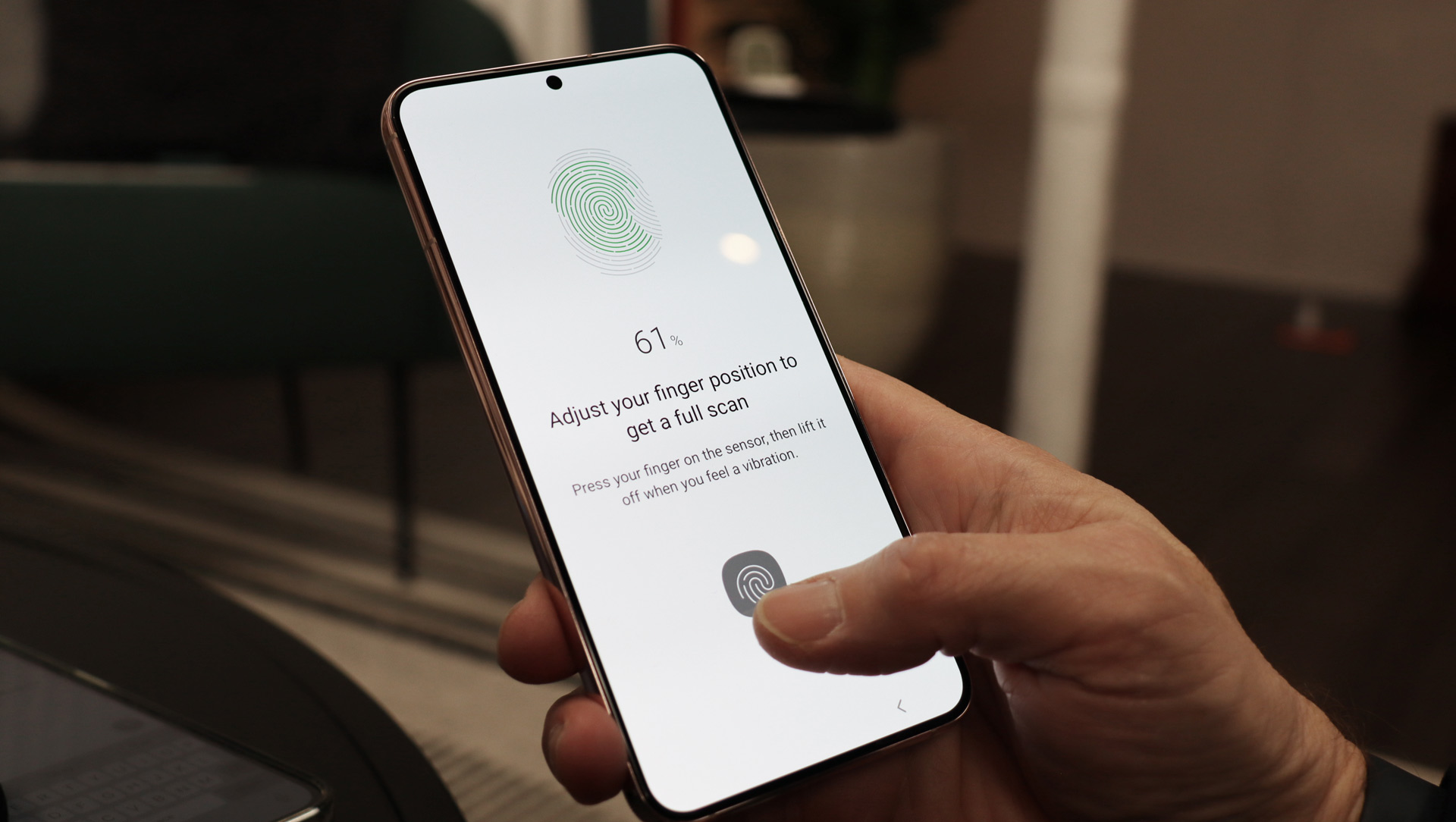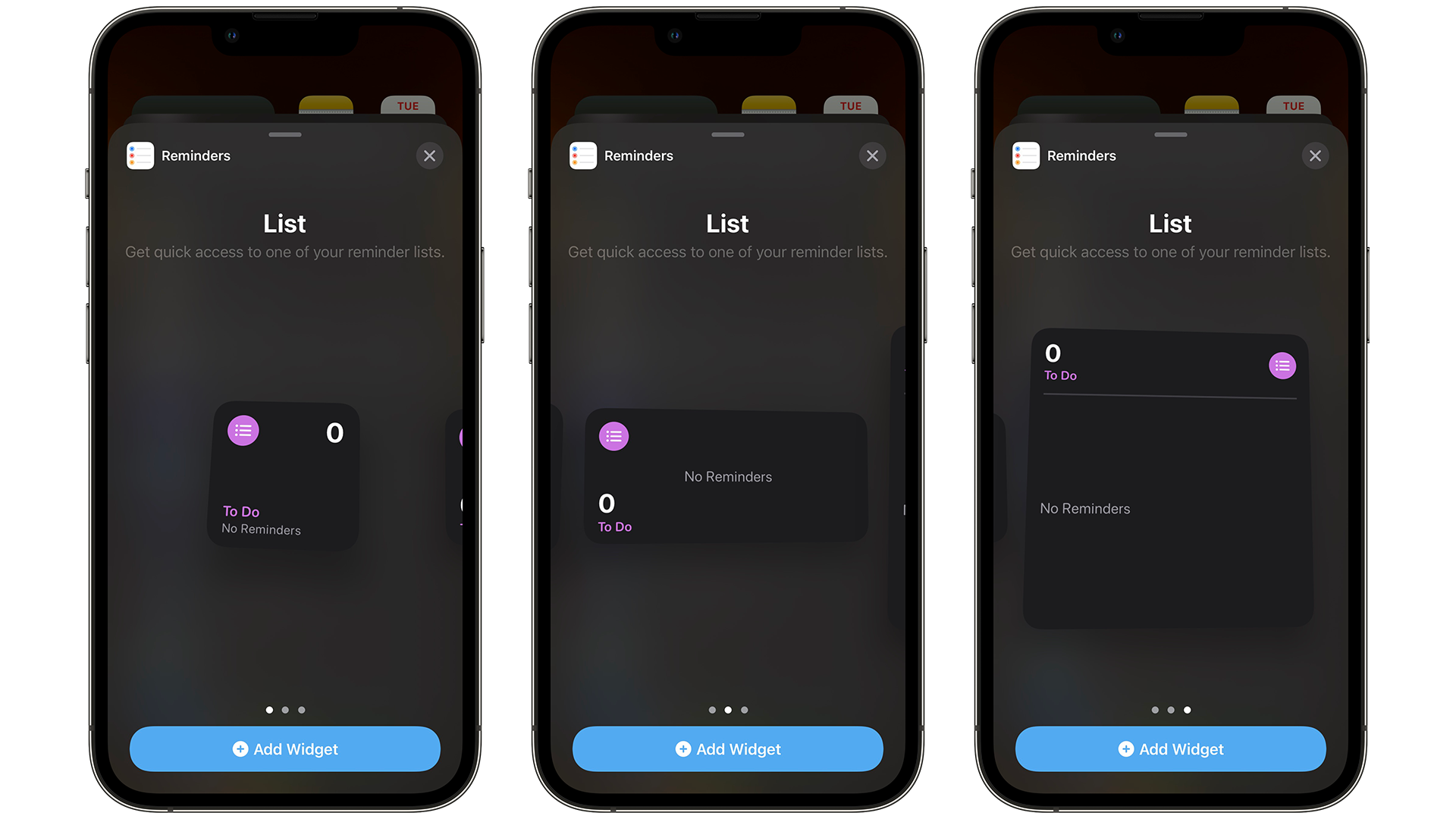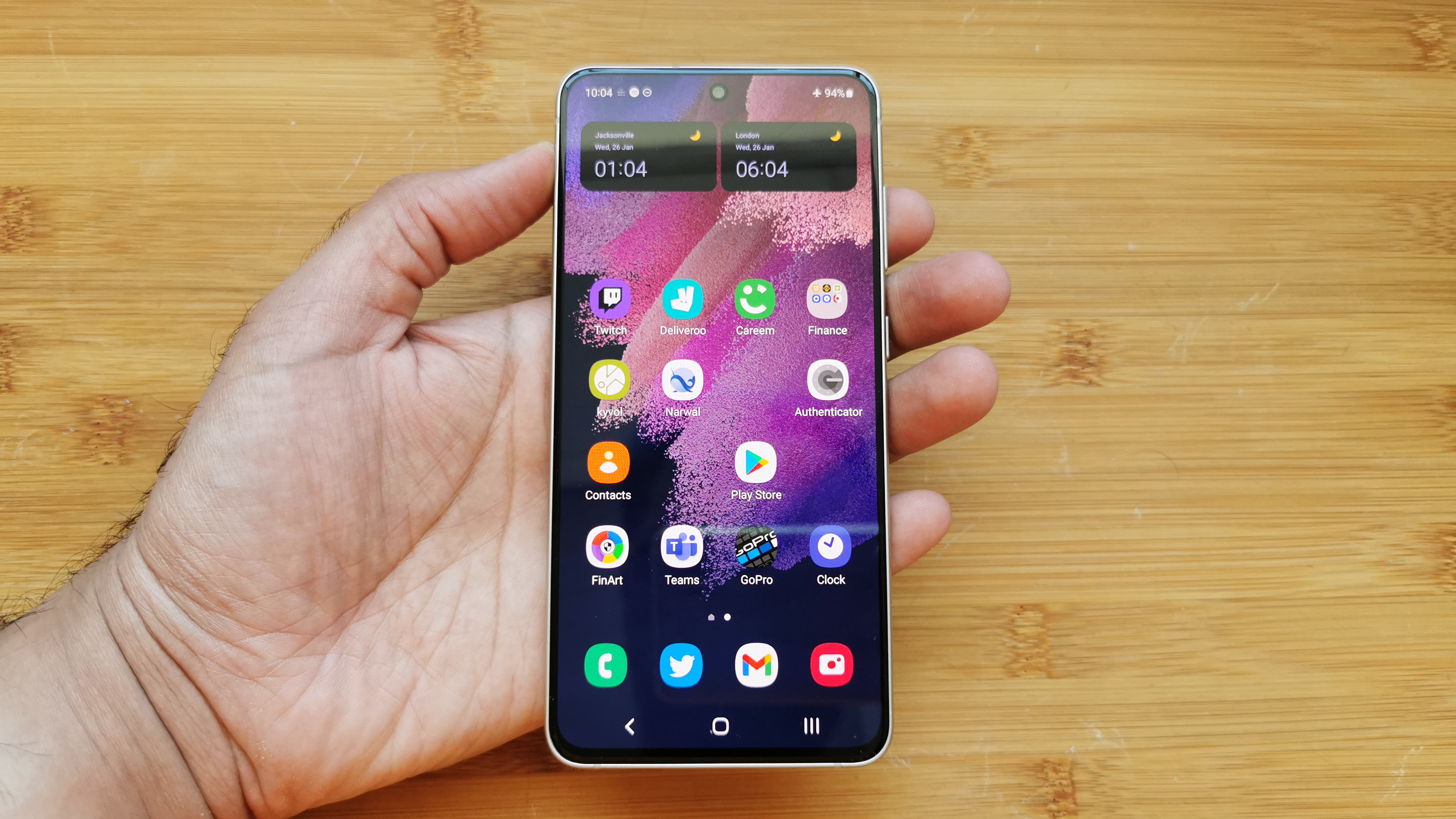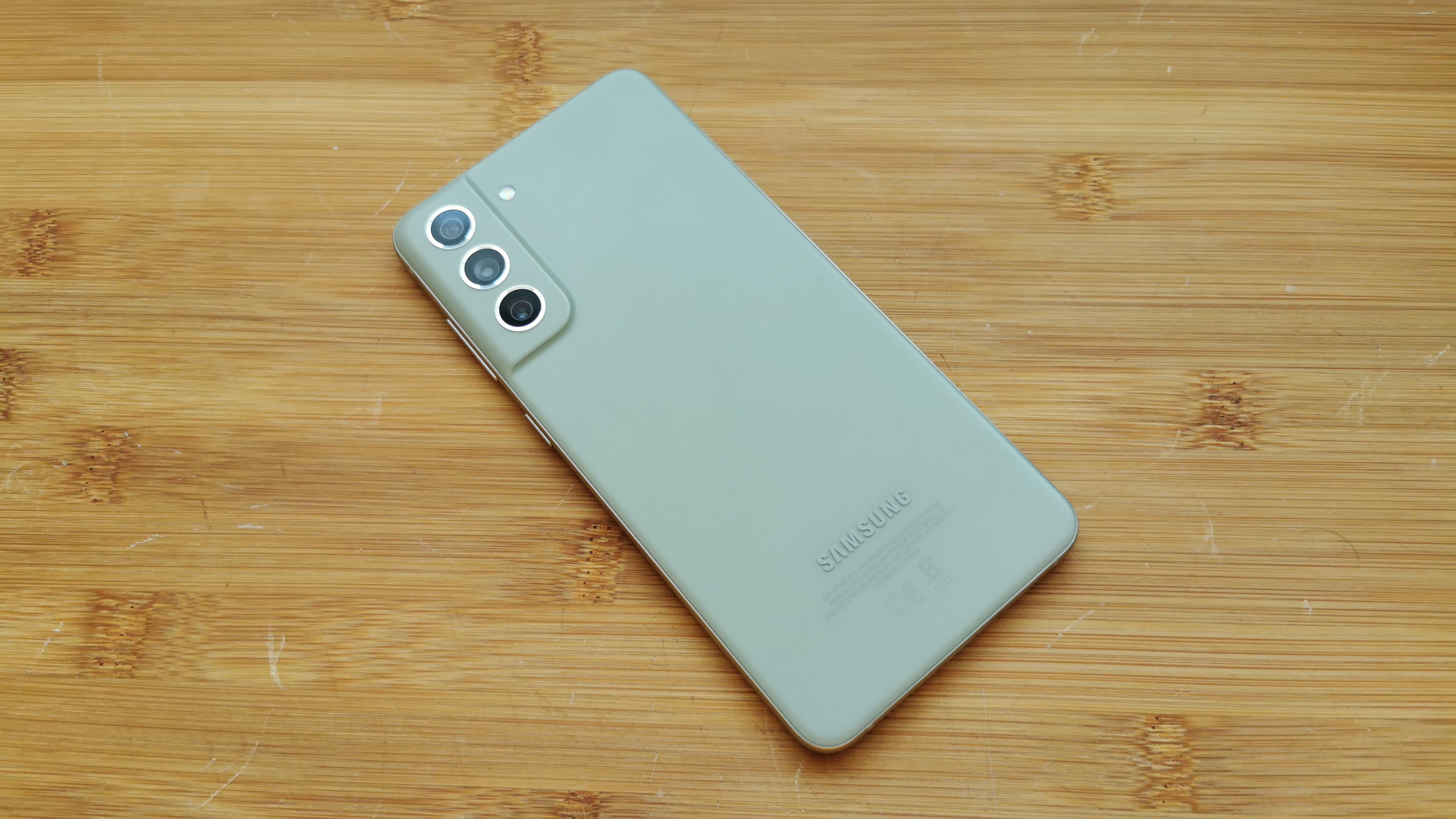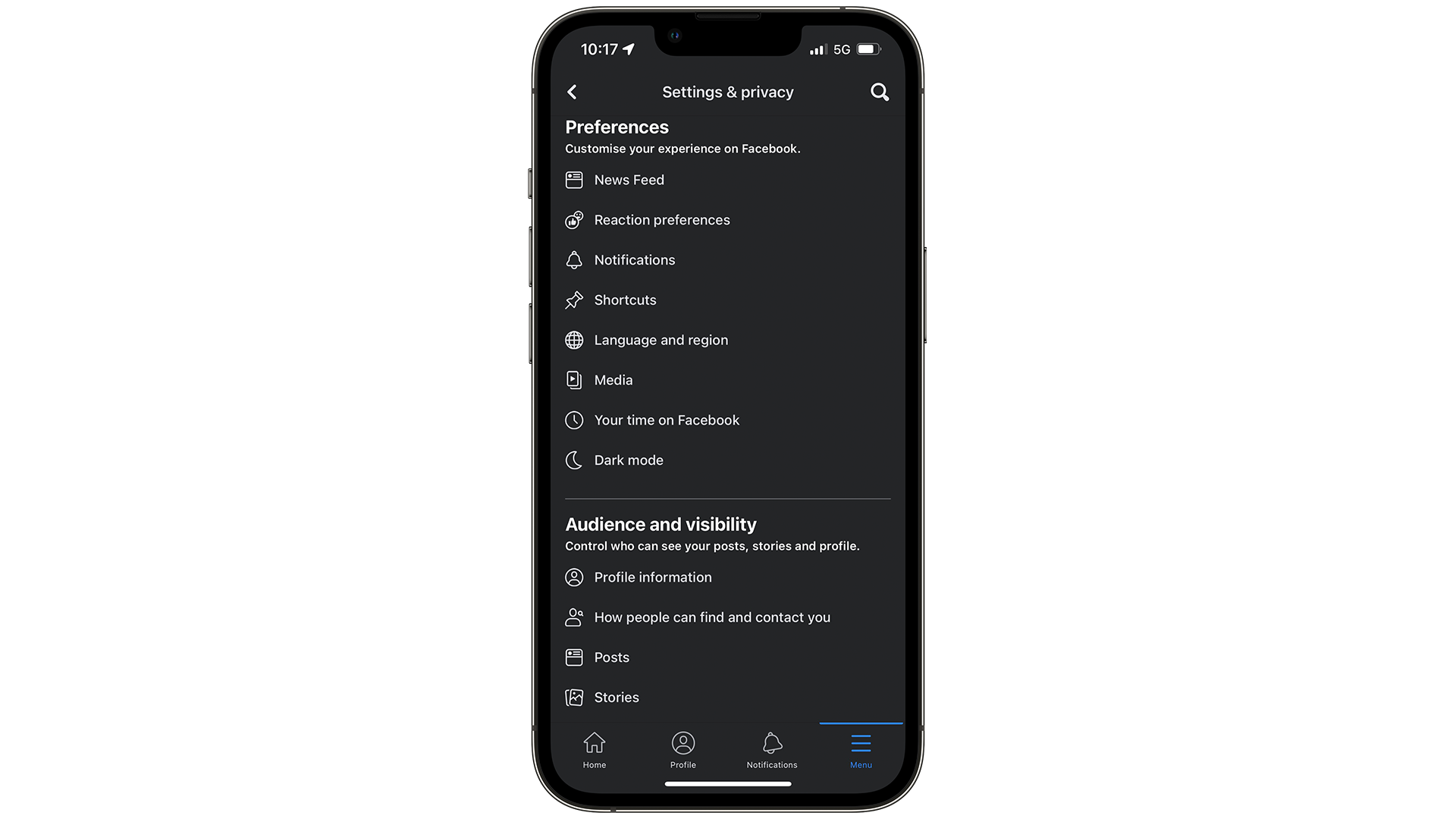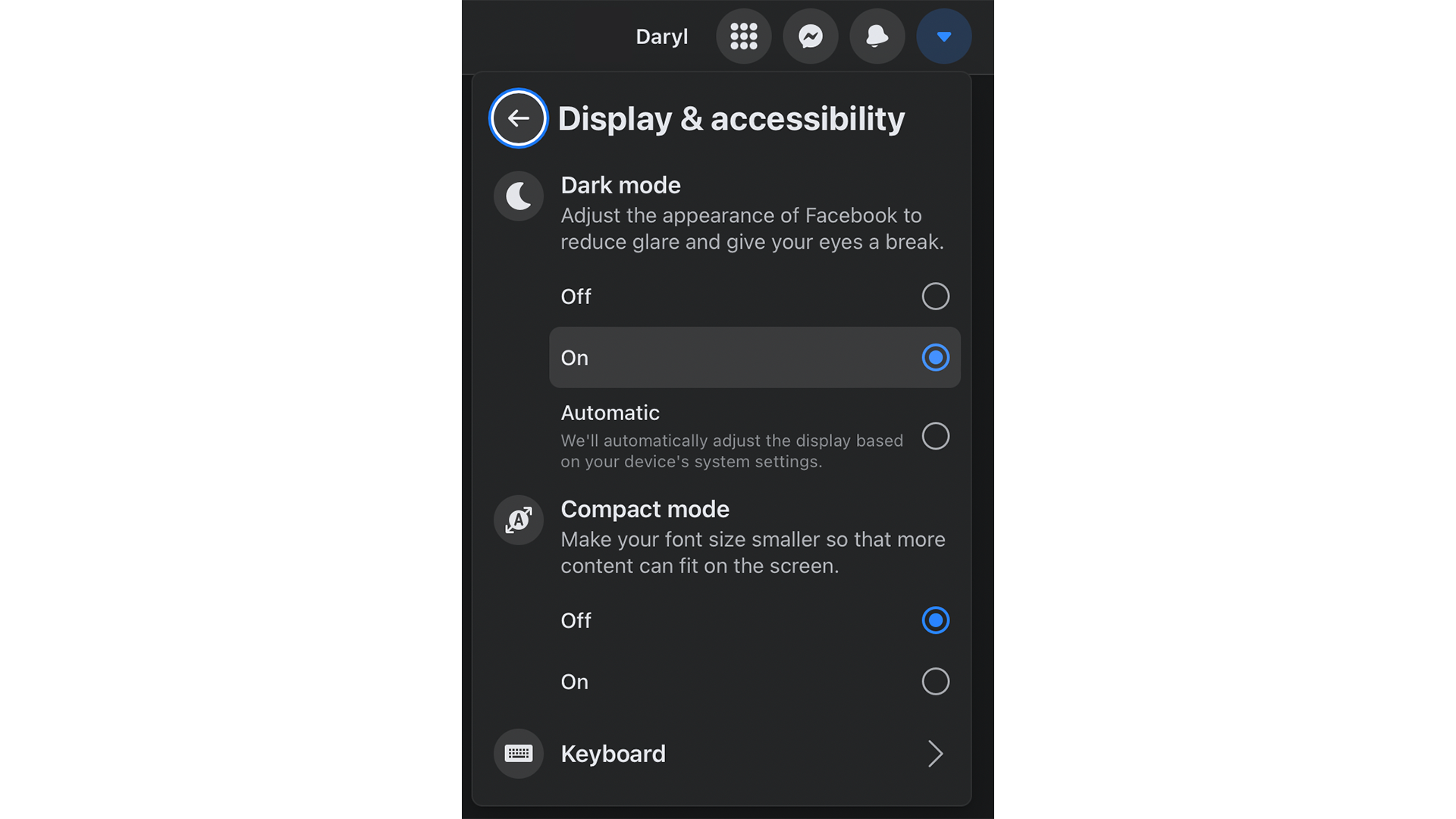Like change, Apple's iOS 16 is inevitable. Unless we're all very confused, Apple will announce its latest iPhone platform update during its Worldwide Developers Conference (WWDC) on June 6 – and soon after, the mobile lives of millions of iPhone users will tilt on their axis, as millions of us try to hold on for dear life.
My wife is one of those iPhone users, and she avoids iOS upgrades like a new strain of monkeypox. She can't do it forever though, and it usually falls to me to implement the update. That effort is preceded by an interrogation:
"How different is it?" she'll ask.
"Not too different," I lie, knowing that some of her core features will have undergone a makeover, or been moved to a new corner of the interface.
Eventually, she'll give in or, as happened in the most recent instance, encounter the newest iOS on a brand-new iPhone. I know she loves her iPhone 13, but hates, for instance, the Control Center, and how she has to gesture from the top-right corner to access it. Usually, she acts like the panel doesn't exist, and instead navigates her way through the iPhone's settings menus.
Think of my wife
So when I approach the latest batch of anticipated iOS 16 changes, which we believe might qualify as 'radical', I try to keep my wife in mind, because I believe she represents a vast number of iPhone owners – those who still use 20% of iOS 15 capabilities 80% of the time. They're in no mood to discuss "Who moved my cheese?"
Maybe iOS 16 won't be that different. While iOS 15 is vastly different from the mobile interface we encountered on the first iPhone in 2007, it's taken us 15 years of incremental change to get here.
Many of the rumors revolving around IOS 16 tease "new ways of interacting," a phrase that excites me but which probably sends a chill down the spine of any normal IOS user.
However, even cosmetic changes like Apple's move away from skeuomorphism in iOS 7 can lead to confusion and consternation. Skeuomorphism dictated that icons looked like the actions they indicated, or objects they evoked in real life. Apple's Books app looked like a bookshelf, the Calendar looked like a desk calendar, and YouTube looked like a 1950s TV.
Jony Ive hated that look, and did away with it in iOS 7. Afterwards, I'm sure that some iPhone users were hunting around for the once instantly recognizable icons.
When we write about announced or impending changes, we often use language like "after years of requests" – meaning that someone, somewhere, really wants notifications in IOS 16 to change yet again.
Double agents of change
I have nothing against some new organizing principle for notifications, but I do wonder who, exactly, has been requesting "change." I don't think my wife has ever pointed at her phone and said, "You know, these iOS notifications are pretty good, but I have a neat idea of how they could be better." She's more likely to say, "I just saw a notification and now it's gone. Where did it go?"
Instead of reflecting the interests of real iOS users, I think we've all lapsed into parroting active Redditors, and our analysts and media counterparts who like to noodle and nitpick every platform, looking for holes that aren't there, or creating false equivalencies between iOS and Android. "Android has had this amazing feature for years. Why isn't it on iOS already?"
I'm just as guilty as everyone else in this regard – but the reality is that most iOS and Android users have no idea what they're missing. They live on their one platform, and are probably pretty happy with it.
Many of the rumors revolving around IOS 16 tease "new ways of interacting," a phrase that excites me but which probably sends a chill down the spine of any normal IOS user. That's probably because "new ways" means "new learnings." Whatever you did in iOS 15 to make, say, Apple's Mail app or Safari work might not work in iOS 16 because the stock apps are probably getting a makeover. I know my wife is still frustrated that Safari puts the URLs at the bottom of the screen.
Even changes that iPhone users might welcome, like updates to the Health App and an even richer Wallet experience, might not unfairly be called overkill.
The rise of tips
With most users barely scratching the surface of, say, the Health app, don't we run the risk of overwhelming them with even more health tracking features?
If Apple really wants to make the majority of current iOS customers happy, it should focus on enhancing Tips. I don't think enough users know about this stock app and, like Microsoft Word's classic, overbearing Clippy, it could be more omnipresent and proactive in iOS.
Tips+ (that's what I'd call it) could recognize when you hesitate as you're navigating through the phone and pop up to help guide you. It would notice how you keep opening Settings to turn off Wi-Fi and show you how to do it via the Control Center. Naturally, a feature like this would be user-configurable. You could turn it on and off at will, possibly activating it when iOS 16 lands in September (maybe) and then turning it off by November when you're fully up to speed.
Personally, I can't wait to see and hear everything that's new with iOS 16 at WWDC – but then I'm not everybody. My wife and other normal people like her are dreading this moment (if they're even aware of it), knowing that what was once familiar could soon be alien, and not liking the idea one bit.
If you're looking for your next iPhone – one that's ready for iOS 16 – check out our iPhone buying guide.
